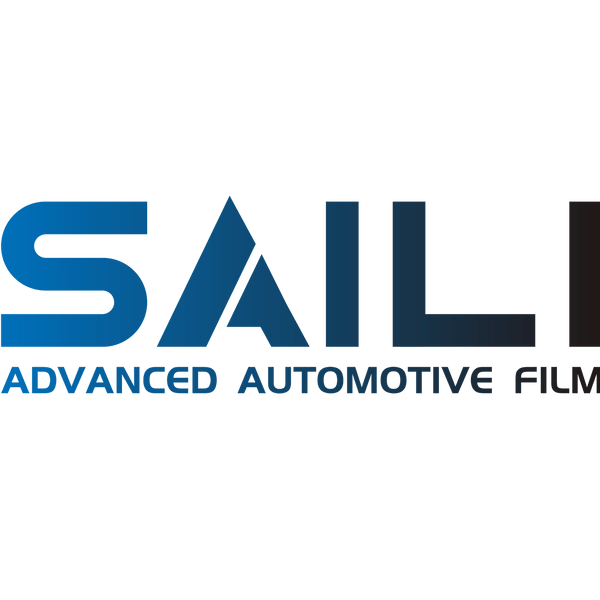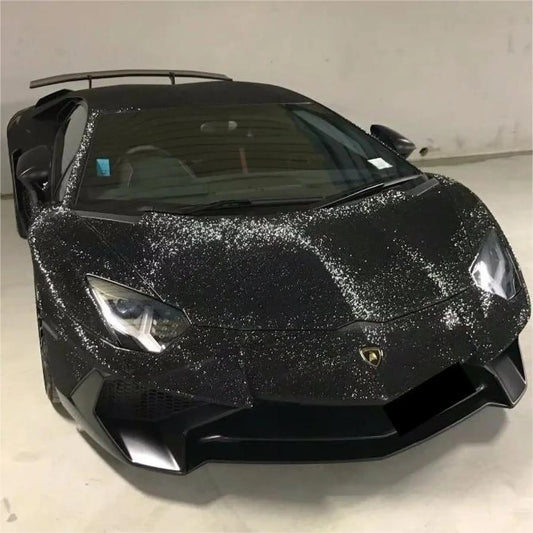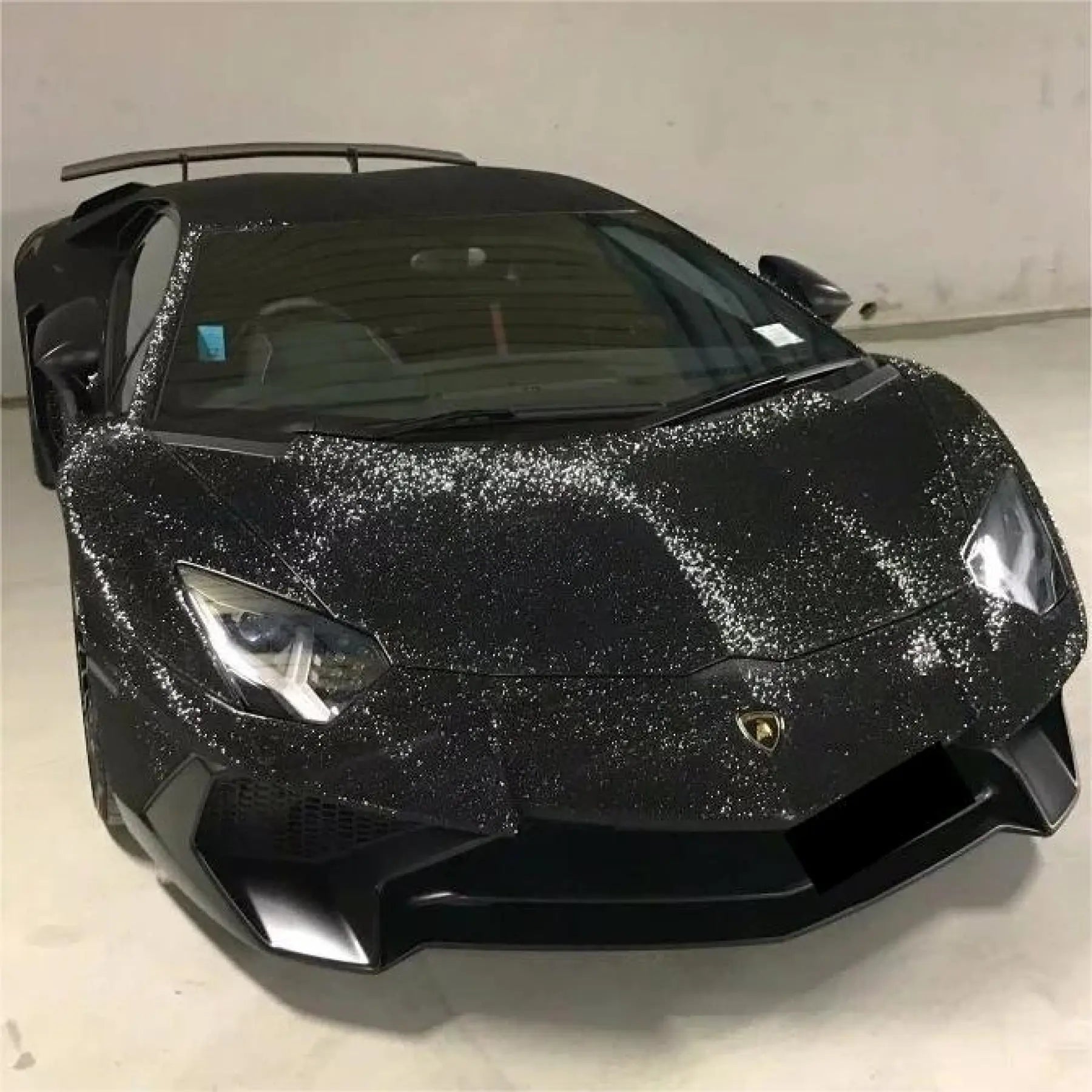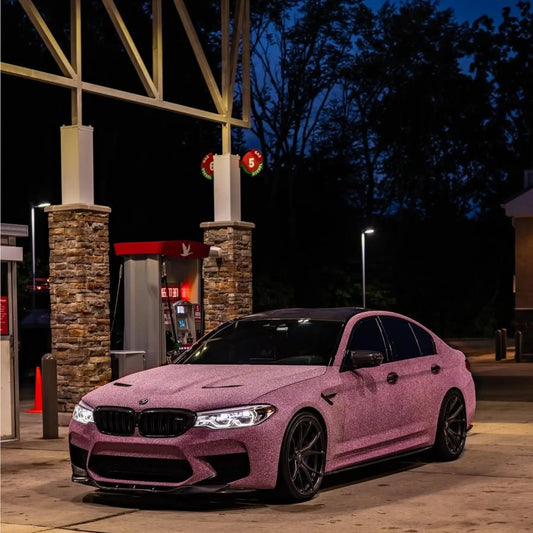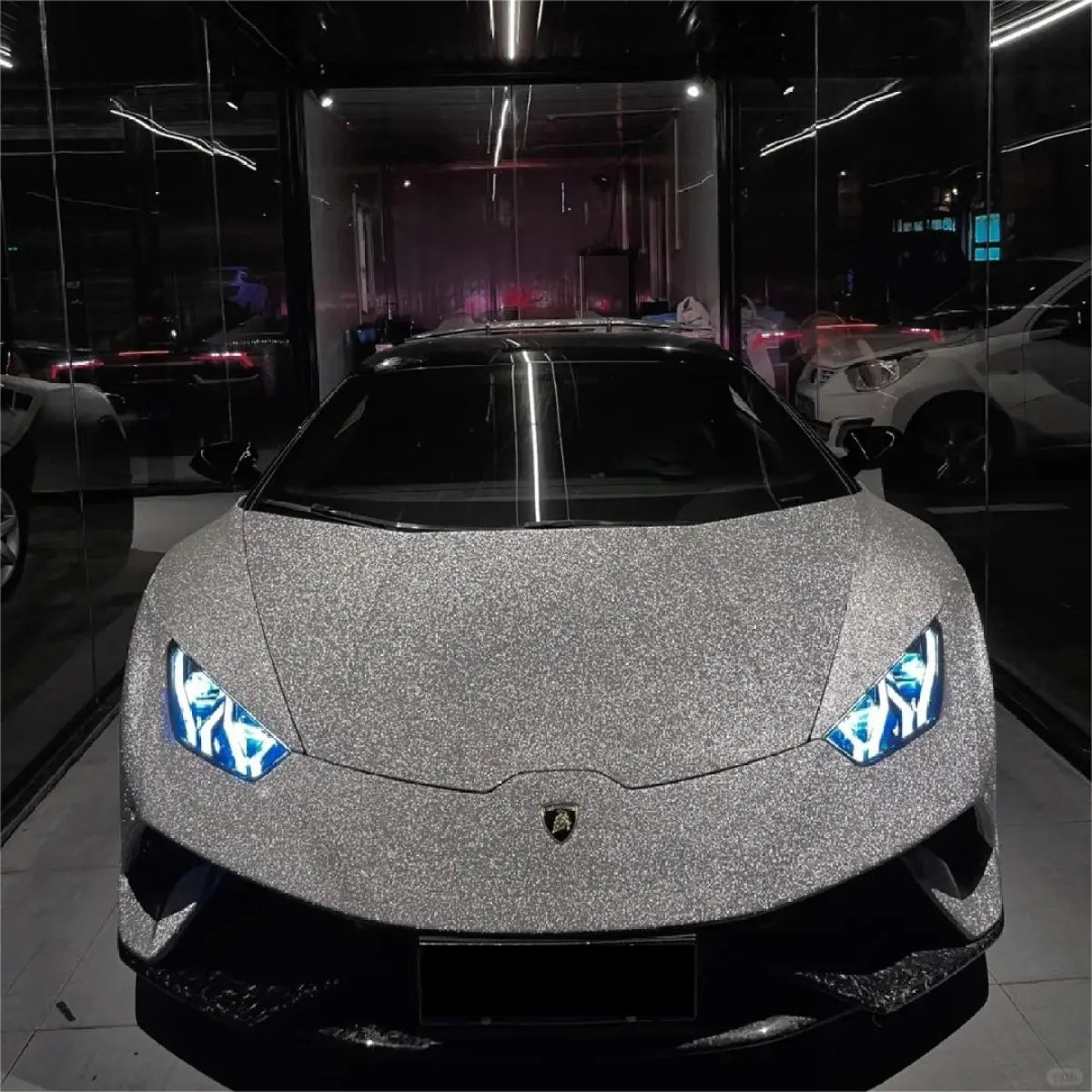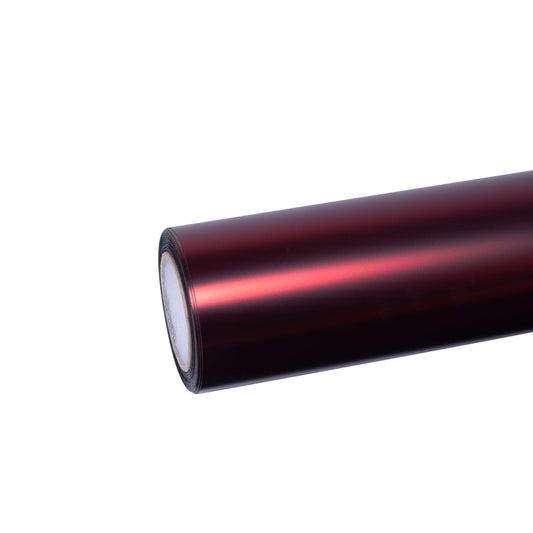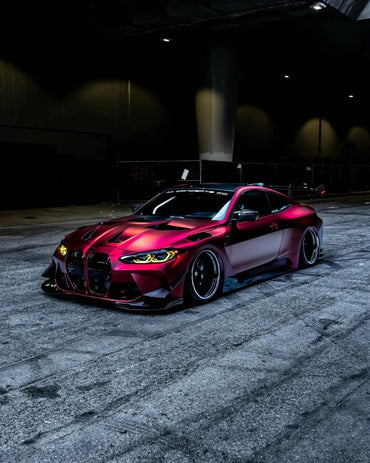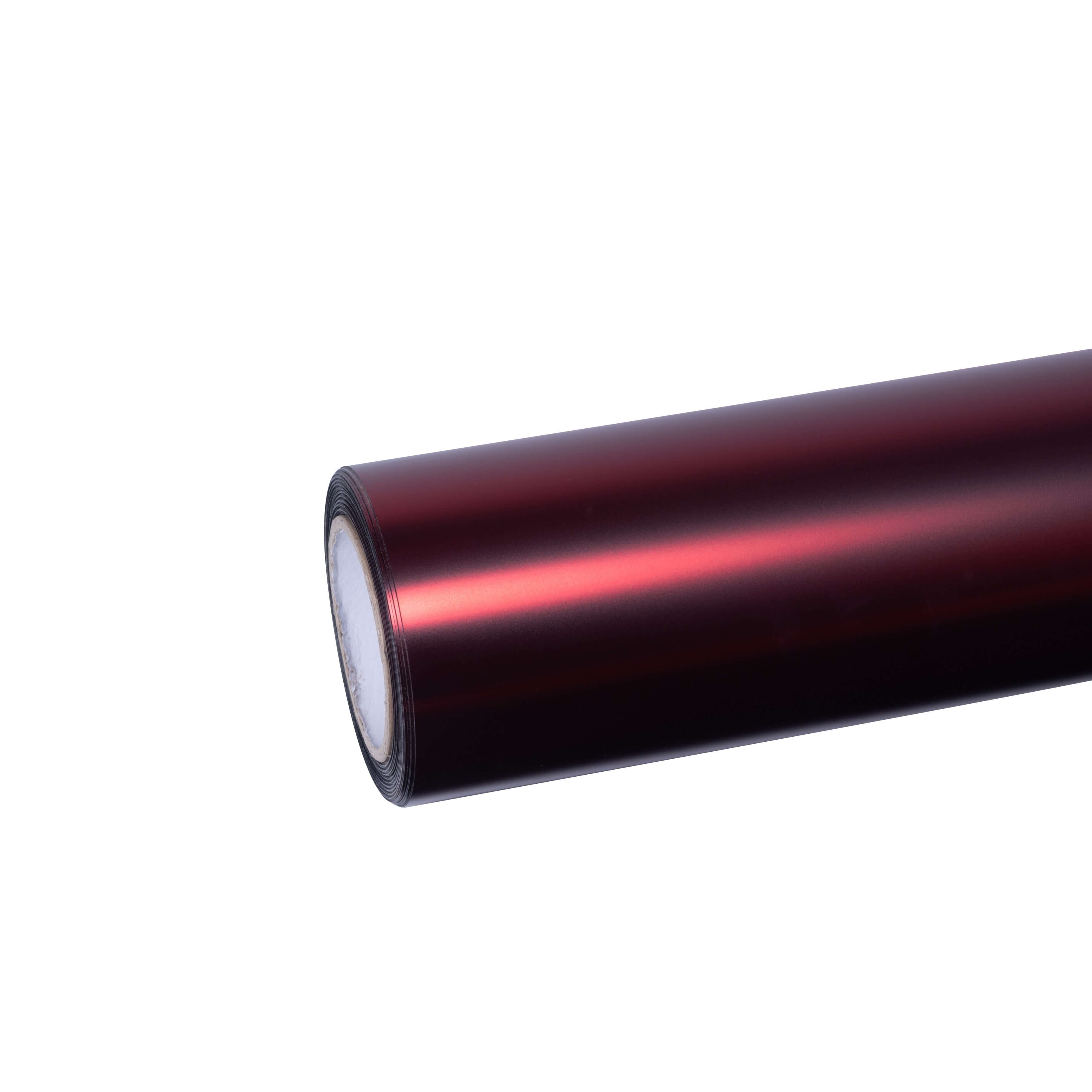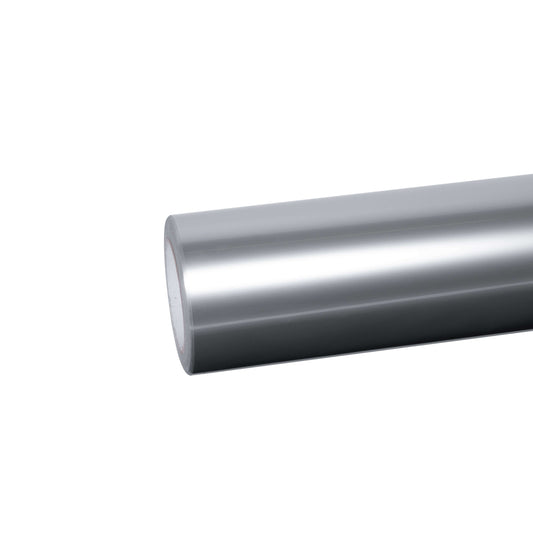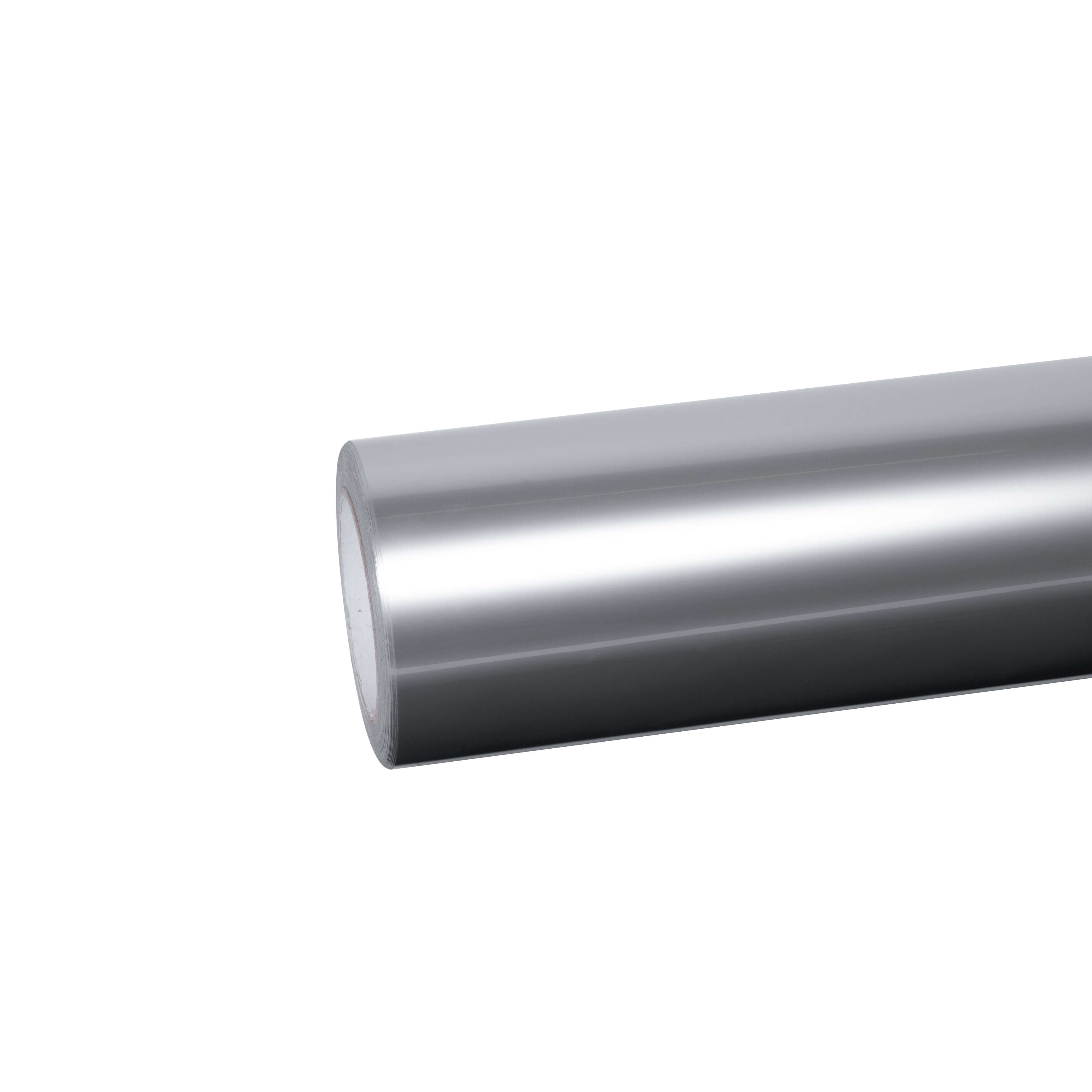Understanding Ceramic Coating Duration
Ceramic coating typically lasts between 2 to 10 years, depending on multiple variables including product quality, application technique, environmental conditions, and maintenance practices. Professional-grade ceramic coatings generally provide protection for 3-5 years, while premium formulations can extend up to a decade with meticulous care.
The wide range in lifespan reflects significant differences in coating quality and formulation. Entry-level DIY ceramic coating products often deliver only 6-12 months of protection, while professional applications using advanced nano-ceramic technology can maintain their protective properties for significantly longer periods.
According to recent industry analysis, the ceramic coating market continues expanding as vehicle owners seek long-lasting paint protection solutions. However, understanding realistic expectations about durability helps consumers make better choices between different protection methods.
Key Factors Affecting Ceramic Coating Longevity
Environmental Exposure
Your vehicle's environment dramatically impacts coating lifespan. Cars parked outdoors face accelerated wear from UV radiation, acid rain, bird droppings, tree sap, and industrial fallout. Coastal environments present additional challenges, with salt air reducing ceramic coating effectiveness by approximately 20% compared to inland regions.
Extreme temperatures also affect ceramic coating durability. Prolonged exposure to scorching heat can degrade the molecular structure, causing loss of hydrophobic properties. Similarly, harsh winter conditions with road salt and chemical de-icers accelerate coating breakdown.
Application Quality
Proper surface preparation is critical for ceramic coating bonding. The coating requires surgically clean, decontaminated surfaces to achieve optimal adhesion. Any contaminants, oils, or imperfections prevent proper bonding, significantly reducing protective capabilities and shortening lifespan.
Professional application ensures proper curing conditions, appropriate coating thickness, and even coverage across all surfaces. DIY applications often suffer from inconsistent layering, insufficient curing time, or environmental contamination during application—all factors that compromise longevity.
Maintenance Practices
Regular care substantially extends ceramic coating lifespan. Hand washing with pH-balanced automotive shampoo every two weeks prevents contaminant buildup that can penetrate and degrade the coating. Avoiding automatic car washes with harsh chemicals protects the coating's integrity.
Applying ceramic coating boosters every 3-6 months reinforces hydrophobic properties and adds an additional protective layer. Annual professional inspections identify early signs of wear, allowing timely maintenance before complete coating failure.
Signs Your Ceramic Coating Needs Renewal
Recognizing when your ceramic coating has reached the end of its protective lifespan helps maintain optimal vehicle protection. Key indicators include:
Loss of Water Beading: Ceramic coating's hallmark hydrophobic effect causes water to bead and sheet off surfaces. When water no longer forms tight beads or begins spreading across the surface, the coating has deteriorated.
Diminished Gloss and Depth: Fresh ceramic coating enhances paint depth and creates a mirror-like finish. Fading gloss suggests the protective layer has worn thin or broken down.
Increased Dirt Accumulation: As ceramic coating degrades, surfaces become less slick and more prone to dirt adhesion. If your vehicle requires more frequent washing to maintain cleanliness, the coating's effectiveness has diminished.
Visible Staining or Water Spots: Intact ceramic coating resists chemical stains and mineral deposits. Persistent water spots or staining indicate compromised protection requiring attention.
Ceramic Coating vs. Paint Protection Film: A Durability Comparison
While ceramic coating provides chemical resistance and hydrophobic properties, paint protection film (PPF) delivers superior physical protection and often greater longevity. Understanding these differences helps vehicle owners select the most appropriate protection for their needs.
Physical Protection Capabilities
Ceramic coating creates a hard, transparent layer measuring just micrometers thick. This provides excellent resistance against UV damage, chemical stains, minor scratches, and environmental contaminants. However, it cannot prevent rock chips, significant scratches, or physical impact damage.
Paint protection film, particularly TPU (thermoplastic polyurethane) formulations, offers thickness ranging from 140-200 microns—substantially thicker than ceramic coating. This physical barrier absorbs impacts from road debris, prevents paint chips, and protects against scratches that would penetrate ceramic coating.
Sailifilm's TPU Paint Protection Film collection features self-healing technology that repairs minor scratches through heat activation. When exposed to sunlight or warm water, the film's molecular structure realigns, making superficial scratches disappear—a capability ceramic coating cannot match.
Longevity and Cost-Effectiveness
Professional ceramic coating requires reapplication every 2-5 years, with associated costs for proper paint correction and professional installation each time. Over a 10-year ownership period, you'll likely need 2-3 ceramic coating applications.
Quality paint protection film installations can last 5-10 years with proper maintenance, often exceeding ceramic coating durability. Sailifilm's Colored Paint Protection Film offers extended protection while allowing color customization—combining aesthetics with superior longevity.
When calculating long-term costs, paint protection film often proves more economical despite higher initial investment. The extended replacement intervals and superior protection against costly paint repairs make PPF a smart financial choice for vehicle owners planning long-term ownership.
Maintenance Requirements
Ceramic coating demands careful maintenance to preserve its protective properties. Only specific pH-balanced products should be used, and improper cleaning can damage the coating. Harsh chemicals strip away the protective layer, requiring premature reapplication.
Paint protection film requires minimal specialized maintenance. Standard washing procedures work effectively, and the film's durability withstands pressure washing when proper techniques are used. The hydrophobic top layer on modern PPF products provides easy cleaning similar to ceramic coating benefits.
Combining Protection Methods for Maximum Durability
Many automotive protection experts recommend layering paint protection film with ceramic coating for comprehensive vehicle protection. This combination leverages each product's strengths while minimizing individual weaknesses.
The strategy involves applying paint protection film to high-impact areas—front bumper, hood, fenders, mirrors, and door edges—then coating the entire vehicle, including the PPF, with ceramic coating. This approach provides:
- Physical Impact Protection: PPF prevents rock chips and significant scratches
- Enhanced Chemical Resistance: Ceramic coating adds chemical stain protection to the PPF
- Superior Hydrophobic Properties: Ceramic coating on PPF creates an ultra-slick surface
- Extended Film Longevity: The ceramic layer protects PPF from UV degradation and staining
This dual-layer protection system represents the ultimate vehicle preservation strategy, though it requires significant initial investment.
Maximizing Your Protection Investment
Regardless of which protection method you choose, proper care maximizes your investment's lifespan and performance.
Proper Washing Technique
Use the two-bucket washing method with pH-neutral automotive shampoo. Avoid automatic car washes with harsh chemicals or stiff brushes that can damage protective coatings. Rinse thoroughly before washing to remove loose contaminants that could scratch during cleaning.
Storage Considerations
Garage parking dramatically extends protection lifespan by limiting UV exposure, temperature extremes, and environmental contaminant contact. If garage storage isn't available, use a quality car cover designed for coated vehicles.
Regular Maintenance Schedule
Establish a consistent maintenance routine:
- Wash every 1-2 weeks
- Apply coating booster every 3-6 months (for ceramic coating)
- Professional inspection annually
- Immediate removal of contaminants (bird droppings, tree sap, tar)
Professional Assistance
Annual professional detailing identifies potential issues before they become serious problems. Trained technicians can assess coating condition, perform paint decontamination, and apply maintenance products that extend protection lifespan.
Alternative Protection Options from Sailifilm
For vehicle owners seeking different aesthetic and protection combinations, Sailifilm offers diverse solutions beyond traditional clear paint protection film.
Vinyl Wrap Options
While vinyl wraps primarily serve aesthetic purposes, they provide moderate paint protection. Sailifilm's extensive vinyl collection includes:
- Glitter Sparkle Car Wrap: Eye-catching finishes with paint protection
- Liquid Chrome Wrap: Mirror-like reflective surfaces
- Dual Color Dream Vinyl Wrap: Color-shifting chameleon effects
- 3D Carbon Fiber Wrap: Textured appearance mimicking carbon fiber
- Ultra Matte Wrap: Sophisticated flat finishes
It's important to note that vinyl wraps typically last 2-3 years—significantly shorter than paint protection film—and offer less physical protection. However, they excel at customization and temporary color changes.
Specialty Protective Films
Sailifilm's Rainbow Laser Vinyl Wrap and Crystal Vinyl Wrap collections provide unique holographic and iridescent effects while offering basic surface protection. These products balance aesthetic impact with functional paint preservation.
For enthusiasts wanting premium protection with color options, Sailifilm's colored PPF range delivers superior durability compared to vinyl alternatives while maintaining the aesthetic customization benefits.
Professional Installation Considerations
Successful long-term protection requires expert installation whether choosing ceramic coating or paint protection film. Professional application ensures:
Proper Surface Preparation
Paint correction removes swirls, scratches, and oxidation before protection application. Installing ceramic coating or PPF over imperfect paint locks in those flaws permanently, creating visible imperfections.
Optimal Application Conditions
Temperature and humidity must fall within specific ranges for proper curing. Professional facilities maintain controlled environments that DIY enthusiasts cannot replicate, ensuring maximum bonding and longevity.
Warranty Coverage
Professional installations typically include warranties guaranteeing the coating or film's performance for specific durations. These warranties often require annual inspections and proper maintenance but provide peace of mind about your investment.
Expertise and Precision
Paint protection film installation demands precise cutting, stretching, and application techniques that require extensive training. Professional installers have the skills and tools to achieve seamless, bubble-free installations that maximize both appearance and durability.
Making the Right Protection Choice
Choosing between ceramic coating and paint protection film depends on your priorities, budget, driving conditions, and long-term plans for your vehicle.
Choose Ceramic Coating If:
- You prioritize ease of maintenance and hydrophobic properties
- Your vehicle faces primarily chemical exposure and UV damage
- Budget constraints limit initial investment
- You prefer doing some maintenance yourself
Choose Paint Protection Film If:
- Your vehicle faces significant road debris exposure
- You want maximum physical damage protection
- Long-term ownership makes higher initial investment worthwhile
- Rock chips and scratches are primary concerns
- You value self-healing capabilities
Choose Combined Protection If:
- You want ultimate comprehensive protection
- Your vehicle is high-value or exotic
- You frequently drive in challenging conditions
- Budget allows for premium protection investment
Conclusion: Protection That Lasts
Understanding ceramic coating lifespan helps set realistic expectations about durability and maintenance requirements. While ceramic coating offers valuable protection for 2-10 years depending on quality and care, it cannot match the physical protection and longevity that premium paint protection film provides.
For vehicle owners seeking maximum protection and durability, Sailifilm's TPU Paint Protection Film and Colored PPF collections deliver superior long-term value. These products combine self-healing technology, excellent longevity (5-10 years), and comprehensive physical protection that ceramic coating alone cannot achieve.
Whether you choose ceramic coating, paint protection film, or a combined approach, investing in quality protection preserves your vehicle's appearance and value. Proper maintenance and professional installation maximize your investment's lifespan, ensuring your vehicle maintains showroom condition for years to come.
Explore Sailifilm's complete range of automotive protection solutions and discover why thousands of vehicle owners trust our products for lasting paint preservation. From professional wrapping tools to sample kits for testing before full installation, Sailifilm provides everything needed for successful vehicle protection projects.
